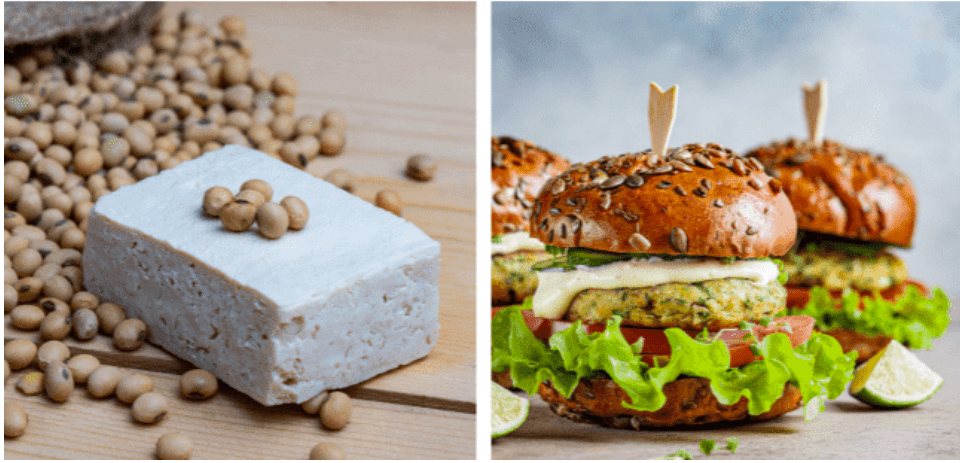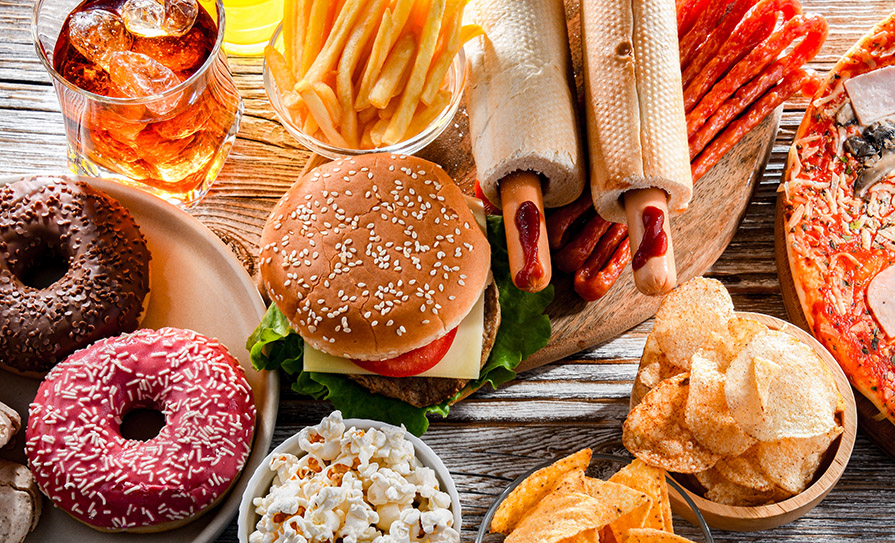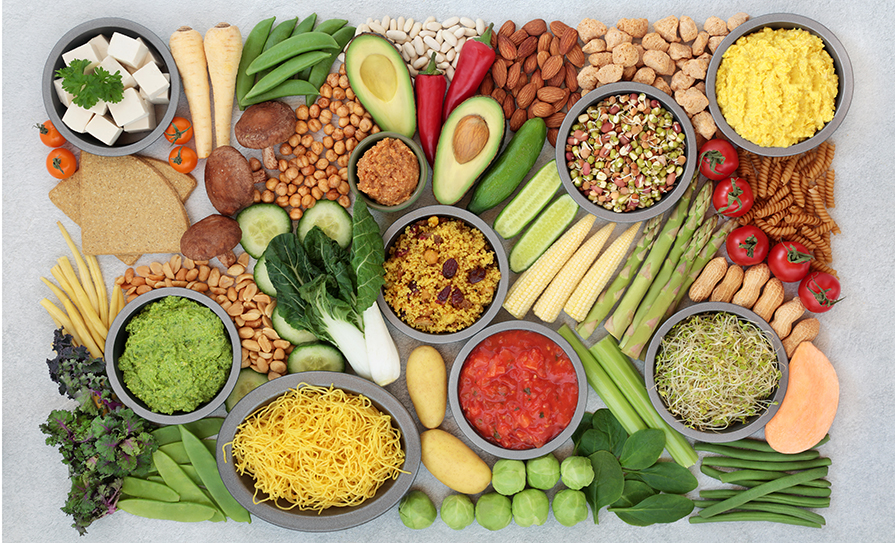A few years ago, before The Restaurant was transformed into the Marco Pierre White show, Paolo Tullio and I were served a particularly delicious meal that we took to be vegetarian. It was cooked by Sharon Shannon and it turned out to be vegan. It was vegan in the sense that it contained no animal produce; instead it was based on plants and Sharon used punchy flavours of chilli, ginger, sesame, and soya sauce to deliver dishes where the absence of cheese or butter or eggs just didn’t seem to matter.
Proper food, proper cooking, admittedly not the kind of diet I’d like to embrace for long, but very pleasant on occasion. That was over five years ago, when veganism was still pretty obscure. Now, it’s fashionable and claims are being constantly made that “plant-based diets” can save the planet.
Two major issues tend to be ignored. To feed a vegan world you must have intensive horticulture with high inputs of synthetic fertiliser and motorised cultivation, all dependent on fossil fuels. Organic production would go out the window.
Plus, to make plant-based alternatives to, say, cheese and minced beef, bacon, and sausages, requires a staggering degree of food processing. Now, there are those – many working in the food industry – who say that the mere act of cooking is a form of food processing, that producing a steak and kidney pie in the domestic kitchen is essentially the same as producing millions of them in a factory.
This casuistry is exposed when you compare the recipe for your own homemade pie with the list of ingredients in the industrial version. You won’t have needed modified maize starch, palm oil, xanthan gum, caramel, nor, indeed,
mono- and di-glycerides of fatty acids. And that’s one of the more natural factory-made pies, as it happens.
But, of course, it’s an animal-based pie. Here’s what goes into one brand of vegan ‘bacon’ strips: Soyabean oil; modified corn starch; soy flour; wheat gluten; hydrolysed corn protein; vegetable glycerin; salt; soy protein isolate; sodium citrate; sodium phosphate; sugar; yeast; caramel; natural and artificial flavours; monocalcium phosphate; malic acid; hydrolysed soy protein; yeast extract; spice; locust bean gum; sodium sulphite; disodium inosinate; disodium guanylate; carrageenan; citric acid… and there’s more.
This is what you get when consumers demand ‘meatless’ meat: Chemical engineering instead of cooking. And while most of the vegetarians I know simply don’t like the taste or texture and, in some cases, even the taste of meat, it seems that many vegans crave fake versions of familiar foods, such as burgers and sausage rolls.
Speaking of the latter, the UK chain Greggs hit the headlines with their vegan sausage rolls because, it would appear they taste rather good. Better than their meat-based sausage rolls, indeed, which contain only 20 per cent pork. The vegan version is based on Quorn, a substance made by fermenting a soil fungus that then undergoes intensive processing to create a flavourless, but vaguely “meaty” substance, at least in texture.
Two studies published in recent years by the BMJ highlight the association between consumption of highly processed food and the risk of cardiovascular disease and death. The BMJ explains that “ultra-processed foods include packaged baked goods; fizzy drinks; sugary cereals, ready meals containing food additives, dehydrated soups, and reconstituted meat and fish products – often containing high levels of added sugar, fat, and/or salt, but lacking in vitamins and fibre”.
Daily energy intake from such sources, around the globe, ranges from 20-to-60 per cent. Although no direct causal link has been established, the studies concluded that “an absolute 10 per cent increase in the proportion of ultra-processed food in the diet was associated with significantly higher rates of overall cardiovascular disease, coronary heart disease, and cerebrovascular disease (increase of 12 per cent, 13 per cent, and 11 per cent respectively)”.
Tellingly, “the researchers found a significant association between unprocessed or minimally processed foods and lower risks of all reported diseases.”
Of course, researching diet is notoriously tricky. The only way you can be sure of your facts and figures is by locking people up for substantial periods and, of course, prisoners have been used in some studies. The National Institute of Health in 2019 managed to persuade 20 volunteers to agree to be admitted for a month, half of them to eat an unprocessed diet, half an ultra-processed diet.
Although this was a very small study, one result stood out. Those eating ultra-processed food ate more and typically consumed 500 calories per day more than those in the other group. So, no surprise then that consumption of ultra-processed food has been long associated with unhealthy BMIs.
No doubt many vegans are genuinely concerned about saving the planet. There is no doubt, either, that there’s a lot of money involved; it has been estimated that the market for vegan food will be worth over $24 billion within five years. Vegan ‘cheese’ alone will be worth €4 billion by then.
That’s a lot of processing and a lot of additives, so it’s no wonder that vegan campaigning is very well funded. The biggest players in food additives worldwide are companies that most of us have never heard of; but they have very deep pockets.
The vegan market is of interest to the wine world, too, perhaps surprisingly. Some very fine and expensive wines are clarified or “fined”, using egg whites. Less rarefied stuff may be treated with dairy-derived substances or isinglass (a collagen derived from the swim-bladders of certain fish). There are plenty of non-animal related substances and techniques that can be used instead, hence you will see the vegan symbol more and more frequently on bottles.














Leave a Reply
You must be logged in to post a comment.